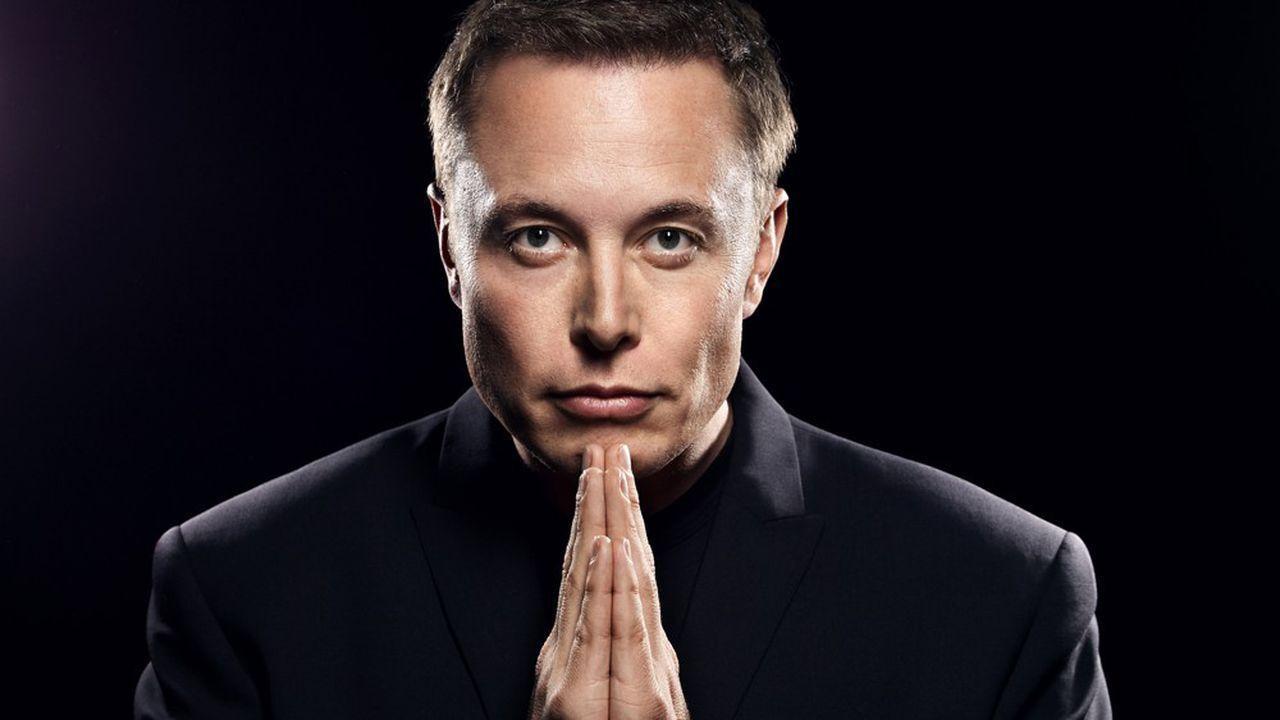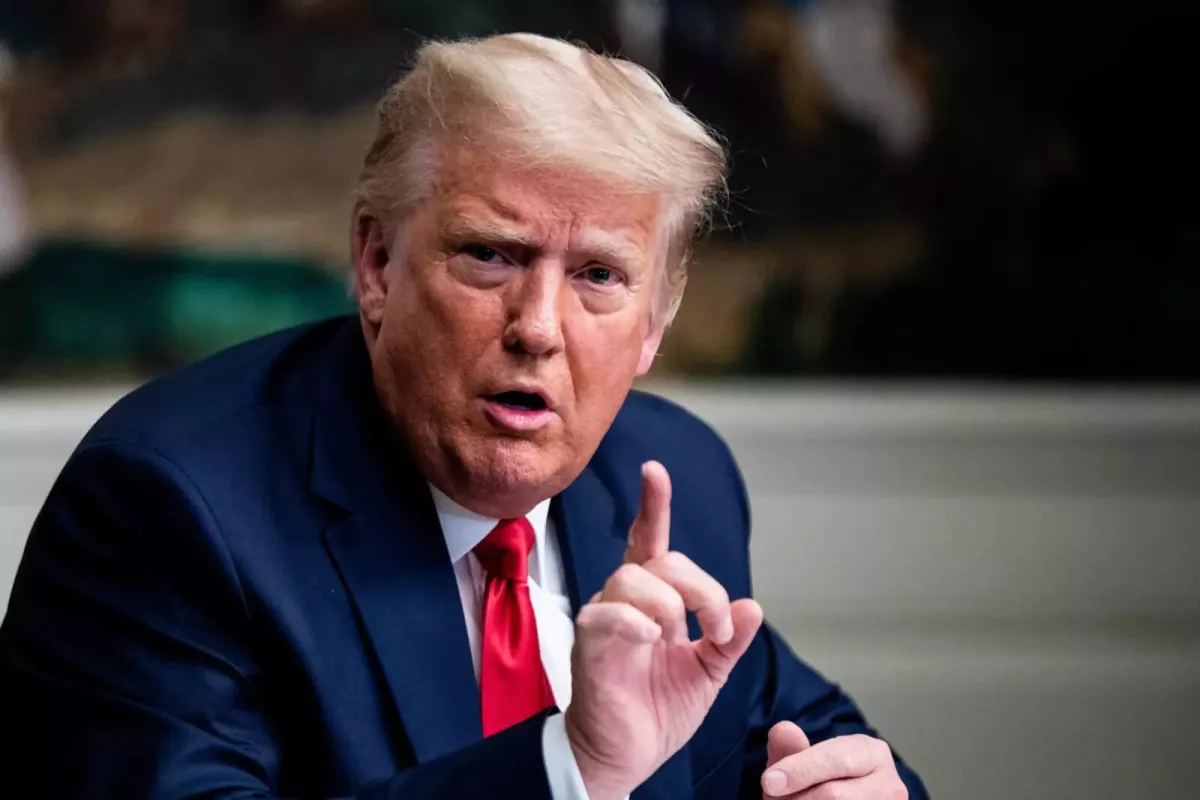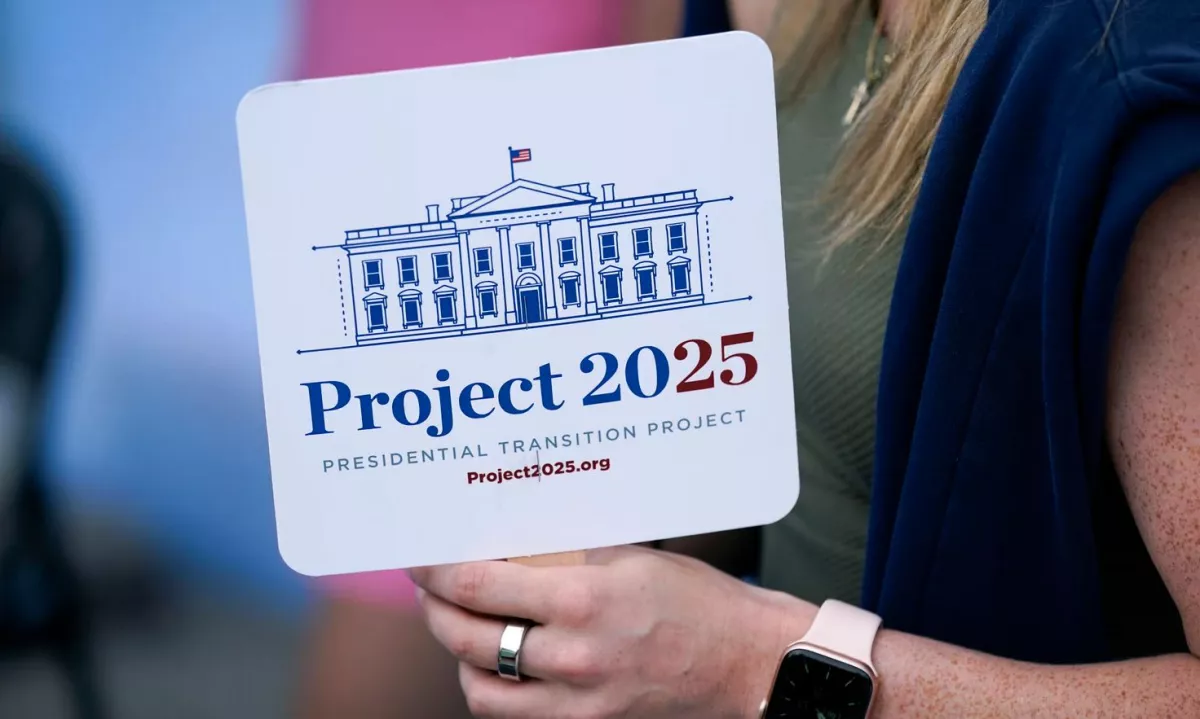Trump 2.0: What’s next for America and the world under his rule? Right-wing reawekening
Donald Trump's potential victory in the US presidential election is part of a broader global right-wing surge. This movement cannot be explained solely by the personalities of individual leaders like Trump, Jair Bolsonaro in Brazil, or Narendra Modi in India, nor by the far-right factions in Europe. While each of these figures has their own nuances, they share common ideological threads, with Trump perhaps embodying these principles most fully.
Free capitalism of corporations
The modern right-wing, spanning from Israel to the United States, generally champions free-market principles within the framework of the nation-state. They advocate for minimal taxation and government regulation of large corporations. While these policies may spur economic growth, they also tend to exacerbate social inequality.
Not all major corporations are staunch supporters of Trump, but his commitment to tax cuts and deregulation has garnered substantial backing from the business community, particularly in industries like traditional energy, where he seeks to remove environmental restrictions. Trump also enjoys the support of the military-industrial complex, having significantly boosted defence spending during his previous term, as well as influential corporate figures like Elon Musk, who may play a key role in shaping US governance.

Tax cuts and deregulation may indeed stimulate American GDP growth, but for a significant portion of the population, these economic gains may not translate into tangible improvements. As job stability and security decline, many workers find their employment increasingly precarious. Private companies are granted greater freedom from regulations, with the government often siding with them in labour-related matters.
At the same time, social support programs, including subsidies for the needy and funding for healthcare and education, are steadily shrinking. This occurs amid the growing prosperity of the wealthier segments of society, further deepening the divide between the affluent and the struggling majority.
Nationalism, anti-migration measures, and heightened police control
Here we face the second key aspect of the modern right-wing agenda. Radical nationalism, often coupled with strict policies against illegal migration, has gained significant traction in contemporary America, where the increasing influx of illegal migrants has become a major point of concern.
At the same time, the state can bolster law enforcement to back a libertarian economic agenda, one that favours reduced public obligations to big business and curbs government interference. This approach also serves as a response to the potential threat of unrest and protests.
The connection between these policies is clear. For many of Trump's predominantly white working-class supporters, limiting the flow of foreign labour is crucial, as they view illegal immigration as a direct threat to their job security and wages. With approximately 13 million illegal migrants in the US, deportation would require significant increases in policing and security measures, which also serve to control potential social unrest.
The US government has often been reluctant to mediate labour conflicts, at times siding with employers, which can lead to an escalation of worker protests. In the early 20th century, for instance, the radical Industrial Workers of the World (IWW) organized strikes, clashed with police and strikebreakers, and advocated for factory self-management while seeking to expand the power of labour unions. The IWW believed their movement could transform society, but their efforts were suppressed by the state. As the Great Depression unfolded, labor unrest once again grew in intensity, as workers fought for better conditions and rights.
Since then, government policy has occasionally aimed at supporting low-income individuals and addressing labour conflicts, although it has undergone significant shifts over time, such as during Ronald Reagan's presidency. These policies were intended to prevent the rise of movements like the IWW. However, the current labour landscape is far removed from the radicalism of the IWW.
Protectionism
Protectionism is a key element of Trump's policy, focused on safeguarding the American national market. The US imports approximately $3 trillion worth of goods annually, and Trump plans to impose a 10% tariff on these imports. He has a particular focus on Chinese goods, targeting them with a 60% duty.
This approach aims at re-industrializing the US, protecting its domestic market, and revitalizing its manufacturing sector. Supporters of Trump argue that such policies, alongside deregulation and tax cuts, will stimulate material production and create millions of jobs. Trump's campaign slogan, "Make America Great Again!" is not about expanding empire or seeking external conquests, but rather harkens back to the post-war prosperity of the 1950s, when American industry flourished and many felt their standard of living rise. However, while these intentions are clear, the success of these policies in recreating such a period remains uncertain.

Trump's confronting China policy and other agendas
Trump’s protectionism and tariffs are not just aimed at re-industrializing the US, but also at countering China’s growing economic and military power. These policies are two sides of the same coin.
Over the past few decades, China’s rapid growth has transformed it into both an economic and military superpower. Its industry is expanding rapidly, and its technological advancements are notable. China’s version of capitalism, contrary to popular belief, is heavily influenced by the private sector, with around 70% of its workforce employed privately. This model resembles that of Japan and South Korea, marked by fast-growing private sectors bolstered by strong government support for export-oriented companies, both public and private, using cutting-edge technology. In addition, China has invested trillions of dollars into scientific and technological research. The key concern for Washington is that China, following this trajectory, could evolve into a “super-Japan” — a technologically advanced, highly developed nation with an 11 times larger population and vast natural resources and territory.
Alongside its economic rise, China is expanding its military capabilities, with an increasing emphasis on regaining control of Taiwan, where a separatist government, supported by the US, has operated independently. China’s territorial disputes with neighbouring countries, some of which are US allies, further intensify Washington’s apprehension. These factors make it clear why the US sees China as a growing threat, and why the country has focused much of its resources on containing China’s rise.
This approach, regardless of the administration, is a consistent part of US foreign policy, as evidenced by Joe Biden’s stance. However, under Trump, this policy may take a much tougher approach. US foreign policy under Trump will likely be laser-focused on confronting the People’s Republic of China (PRC) and defending Taiwan, as described by political scientist John Mearsheimer.

Trump has also remained consistently close to Israel and is a staunch opponent of Iran. It is possible that the US could attack Iran if it continues its efforts to develop nuclear weapons.
Perhaps Trump's policy will become more centred on an alliance with Erdogan, the president of Türkiye, for whom Trump has some sympathy. If Trump's former Secretary of Homeland Security John Bolton's book is to be believed, a prominent US diplomat and politician, James Jeffrey (then Special Representative for Syria and for the international coalition against ISIS), played an increasingly important role in the Turkish issue during Trump's first term. He was almost in favour of "outsourcing" the Middle East to Türkiye.
But Trump is not too interested in European, especially Eastern European affairs. According to some intellectuals from the influential Heritage Foundation, which is associated with the new administration, Trump and his government may view the territory of the former Soviet Union as a zone of Russian influence, where the United States has no specific interests. This is a big plus for Moscow.
However, despite all the threats to China and Iran, the new US president is not inclined to start large wars. Although his policy leads to the aggravation of relations with China and the Islamic Republic of Iran, he is not interested in a full-scale war with them.
Personnel reforms, "Project 2025"
Trump’s supporters argue that many of his initiatives during his first term were hindered by sabotage from officials. As a result, staffing has become one of his primary concerns.
Trump has already made progress in addressing this issue by transforming the Republican Party into a force more aligned with his vision. However, this is just the beginning.
To further reform the state apparatus, the Heritage Foundation, along with around 100 other right-wing intellectual groups, has developed a comprehensive plan for restructuring the government, known as "Project 2025".

Typically, each new administration replaces several thousand officials, but Trump’s supporters plan to replace 50,000 in a short period by embedding their own backers within the state apparatus. To achieve this, they aim to utilize the Heritage Foundation, a strategic US think tank that studies both international and domestic politics, alongside other right-wing conservative and nationalist organizations and research centres capable of providing personnel for such a mission. Naturally, the authors of the program and their allies expect to occupy many key positions themselves.
An additional priority is to centralize power in the hands of the president by altering the management model of state agencies. According to the program’s authors, this goal can be accomplished by increasing the role of "political appointees" — officials appointed by the president, whom he can also remove at his discretion.
This approach contradicts the current bureaucratic management system in the US, where most federal employees are career specialists who retain their positions when administrations change. The authors of "Project 2025," however, aim to remove this influential group from power, referring to them as "political high priests on lifetime contracts."
According to Project 2025’s authors, the political reforms enacted in the US over the last century have led to the creation of a massive, unaccountable bureaucracy that is predominantly liberal (pro-Democratic). Russell Vought, a former prominent official in Trump’s first term, argues that many agencies no longer report directly to the president, and constitutional oversight has shifted to "the power of an imperial Congress."
Thus, Trump’s blueprint can be seen as an effort to reduce the influence of Congress while increasing the president’s authority. This could lead to a significant expansion of presidential power.
An important aspect of the new state apparatus will be the fight against abortion, alongside a broader effort to promote conservative traditional family values. One specific focus will be the centralization of school education policy to advance these objectives.
It’s also worth noting that one of the most influential bodies in the US, the Supreme Court, is currently controlled by conservatives who are sympathetic to Trump’s agenda.
Critics argue that if Trump’s plans, particularly "Project 2025," are implemented with the backing of a pro-Trump conservative Supreme Court, the US could transform into an "authoritarian nationalist Christian state."
In response, Trump’s supporters and some sceptics dismiss these claims as exaggerated. They point out that many states remain under liberal control and retain significant power. In Congress, not only liberal Democrats but also some conservatives will likely oppose Trump’s plans. The Trumpist anti-abortion agenda is deeply unpopular with the public and will face considerable resistance. Additionally, much of the media remains critical of the new president.
To recap, regardless of one's personal opinion of Trump, it’s clear that he has substantial support within American society. His success is largely attributed to the economic challenges faced under the Biden administration. While the economy grew during Biden’s tenure, inflation soared, and rising prices hit the poorer segments of the population hardest, eroding support for the Democrats.
However, the policies of the Democratic Party have also angered some Americans for another reason. As one acquaintance of the article’s author put it: "I like to view these things in terms of collective sentiment. It turns out that everyone is tired of the crazy ideas of the left, and I see more and more that people are more likely to support conservatives." By "leftists," the reference is primarily to the progressive wing of the Democratic Party, which has gained influence in American politics since the Biden administration, as well as to many of their counterparts in Europe. When a government fails to address rising prices, yet becomes preoccupied with controversial social experiments involving minorities, it understandably causes frustration and disillusionment among much of the public. This right-wing resurgence can thus be seen as a reaction to growing dissatisfaction with liberals and the left.








